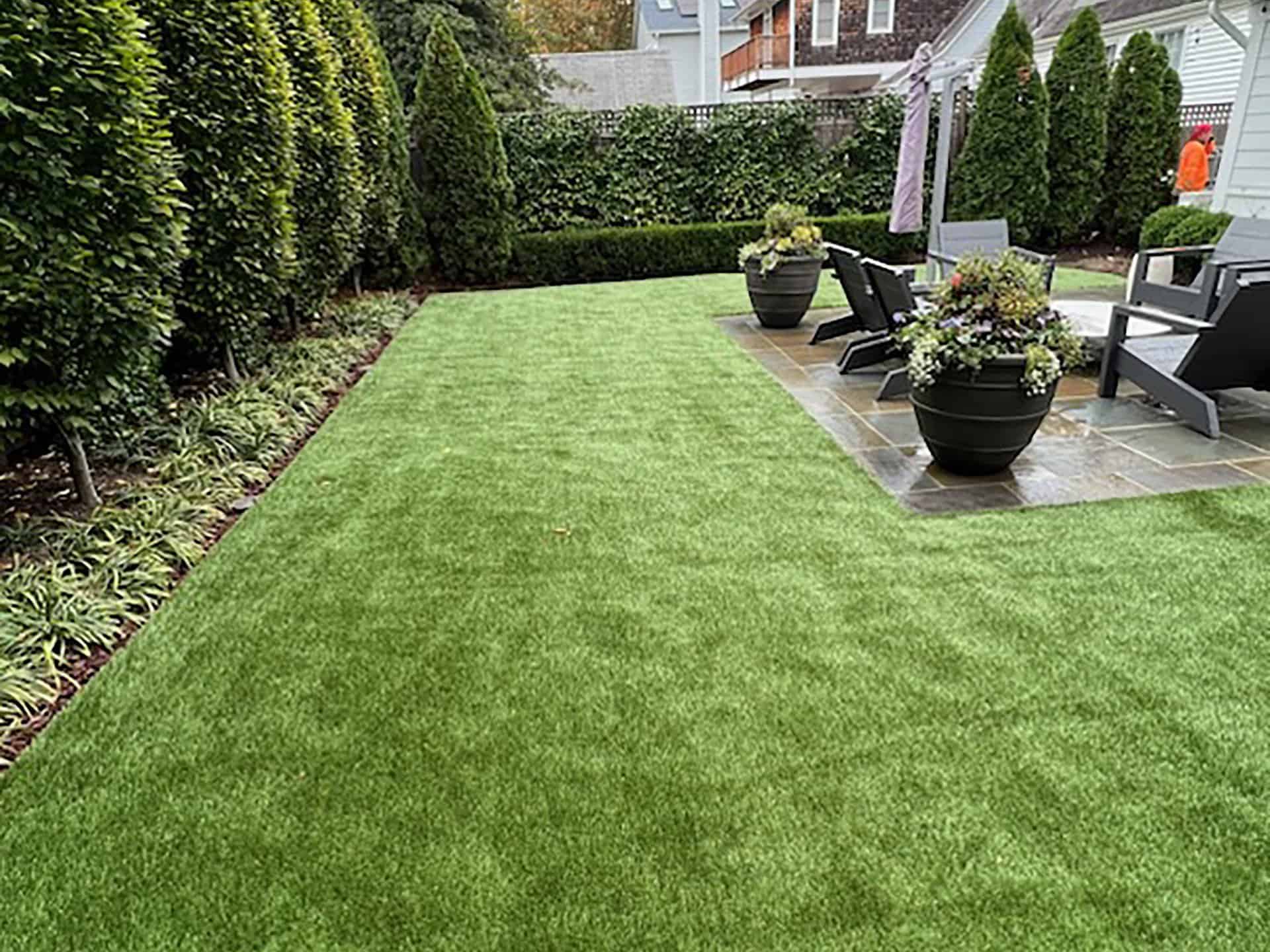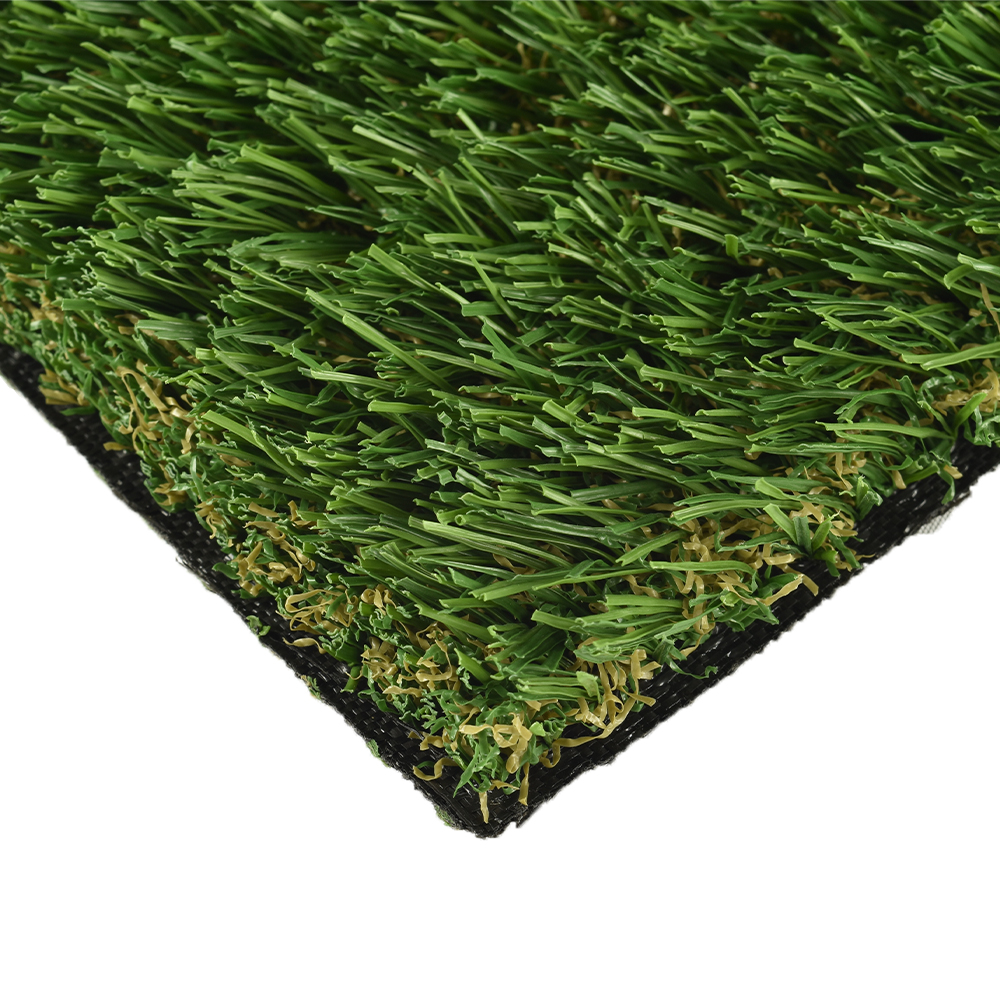Environmentally Safe Arizona Artificial Turf for a Always-Green Lush Green Lawn
Environmentally Safe Arizona Artificial Turf for a Always-Green Lush Green Lawn
Blog Article
Explore the Environmental Benefits of Opting for Synthetic Grass Solutions
The fostering of synthetic turf options provides a compelling opportunity to address pushing ecological challenges. By substantially reducing water use and lessening the application of dangerous chemicals, these alternatives not just advertise sustainable landscape design yet also protect local communities.
Water Preservation Benefits
Among the most significant benefits of synthetic turf is its ability to conserve water. Typical grass yards require significant watering, especially in locations prone to dry spell or water constraints. On the other hand, synthetic grass does not require watering, considerably lowering the total need for water resources. This feature is especially valuable in deserts where water shortage is a pushing concern.
By eliminating the demand for regular watering, synthetic grass adds to lasting landscape practices and aids reduce the environmental influence of excessive water intake. The preservation of water extends to the reduction of runoff, which can lead to soil disintegration and river contamination.
Additionally, the installation of man-made grass allows house owners and towns to assign water sources much more successfully, focusing on vital usages such as drinking water and farming. The change towards artificial turf not only advertises accountable water use however likewise lines up with broader environmental objectives intended at protecting natural deposits.
As areas significantly focus on sustainability, the water conservation advantages of synthetic turf present an engaging instance for its fostering in business and household landscaping tasks.
Decreased Chemical Use
The change to synthetic grass significantly reduces the dependence on chemical therapies frequently made use of in natural lawn upkeep. Typical lawn administration generally involves the application of chemicals, herbicides, and plant foods to promote growth and control bugs. These chemicals can present threats to human health, neighborhood wild animals, and the atmosphere, adding to dirt and water contamination.
In comparison, synthetic grass eliminates the need for these unsafe substances. By decreasing the launch of artificial compounds into the environment, artificial turf advertises much healthier dirt and water systems.
Moreover, the absence of chemical overflow associated with artificial turf setups assists safeguard local waterways from contamination, sustaining aquatic life and maintaining biodiversity. Arizona turf. As neighborhoods significantly prioritize lasting practices, choosing synthetic grass provides a practical service that aligns with ecological preservation goals. Through this shift, homeowner can appreciate rich eco-friendly areas without compromising ecological health, leading the way for an extra sustainable future
Lower Carbon Footprint

In addition, the installation of synthetic grass can cause substantial water preservation. All-natural yards need significant amounts of water for watering, which not only adds to the carbon impact connected with water extraction and therapy but additionally pressures regional water sources. In comparison, synthetic grass needs marginal upkeep, requiring no watering, therefore considerably reducing water usage and its Artificial turf companies phoenix associated power expenses.
Furthermore, the longevity of fabricated grass adds to its reduced carbon effect. With a life expectancy of approximately 15 years or more, the demand for regular substitutes is decreased, resulting in less waste and reduced power usage in production and getting rid of typical yard alternatives. On the whole, synthetic grass offers a check my blog sustainable choice for environmentally conscious landscape design.
Habitat Conservation
Habitat conservation is an important factor to consider in the discussion over landscaping choices, particularly when contrasting man-made turf to all-natural yard. Natural grass yards typically need extensive maintenance, consisting of using herbicides, plant foods, and pesticides, which can detrimentally impact neighborhood ecosystems. These chemicals can leach right into the soil and rivers, harming native flora and animals and disrupting local environments.
In comparison, fabricated turf presents an opportunity to lower the environmental footprint of landscaping. By deciding for artificial turf, house owners can lessen the disruption of natural environments connected with conventional yard treatment practices. Artificial grass gets rid of the demand for hazardous chemicals, thereby protecting nearby wild animals and preserving the honesty of bordering communities. The installation of synthetic turf can lead to the conversion of previous turf locations right into more biodiverse landscapes, such as pollinator yards or native plant locations, which can support local wild animals.
Eventually, the change to man-made lawn not only saves water and reduces maintenance efforts but additionally promotes a more harmonious relationship between human activities and the all-natural atmosphere, advertising habitat preservation at the same time.
Long-Term Sustainability
Lasting sustainability is an essential factor in reviewing the advantages of fabricated turf over traditional have a peek at this site lawn yards. One of one of the most significant advantages of fabricated lawn is its durability; it can last approximately 15-20 years with very little upkeep, whereas natural lawn needs frequent reseeding and replacement. This durability minimizes the requirement for continuous resources, such as water, fertilizers, and pesticides, which are important for maintaining a healthy and balanced grass yard.
Additionally, synthetic grass contributes to a reduction in carbon emissions connected with grass care tools. Typical grass commonly call for gas-powered lawn mowers, leaners, and blowers, all of which contribute to air contamination. Phoenix turf companies. On the other hand, synthetic lawn removes the need for such equipment, advertising a cleaner setting
In addition, the production of fabricated lawn increasingly utilizes recycled products, boosting its sustainability account. As manufacturers embrace green practices, the ecological footprint of man-made turf remains to reduce.

Verdict
The adoption of synthetic grass services offers substantial environmental benefits, including substantial water preservation, reduced dependence on dangerous chemicals, and a lower carbon impact. Furthermore, synthetic grass help in maintaining all-natural habitats by reducing land disturbance and advertising long-lasting sustainability via making use of long lasting products. Jointly, these aspects emphasize the potential of synthetic grass to contribute positively to ecological wellness and provide a feasible choice to traditional landscape design techniques in a progressively resource-conscious world.
In contrast, synthetic turf does not require watering, considerably reducing the total need for water sources. By reducing the release of artificial compounds right into the ecological community, fabricated lawn promotes much healthier soil and water systems.
Additionally, the installment of synthetic lawn can result in considerable water preservation. In comparison, man-made grass requires marginal maintenance, calling for no watering, thereby significantly reducing water use and its linked energy prices.

Report this page